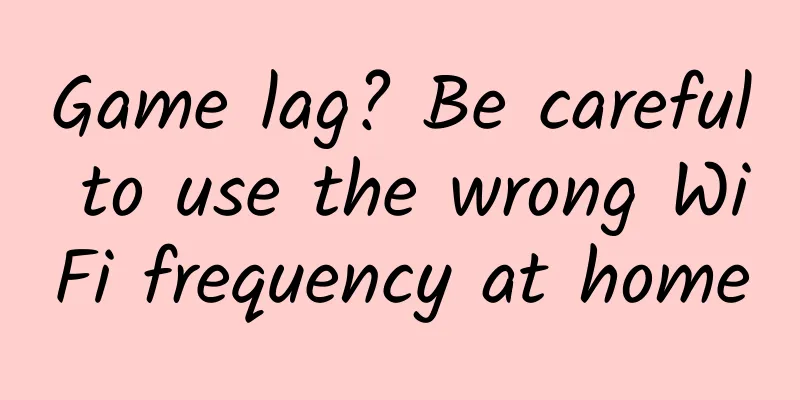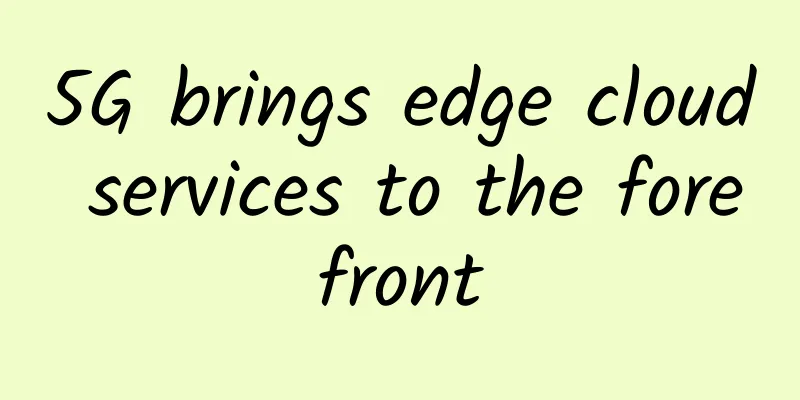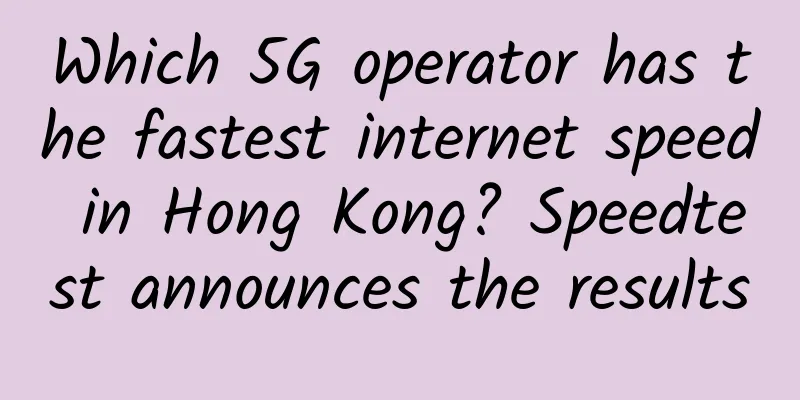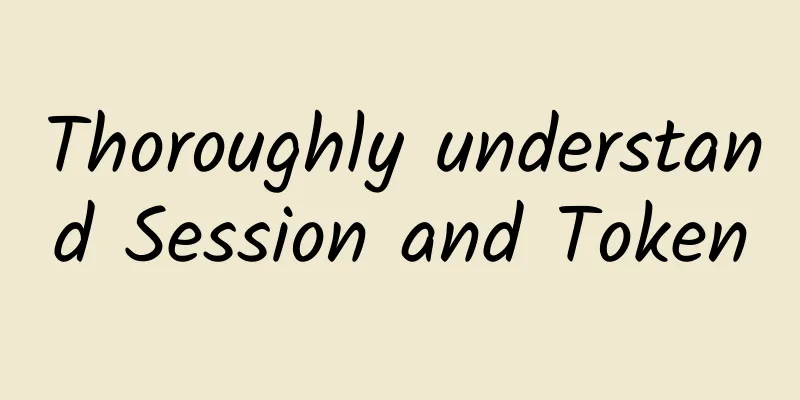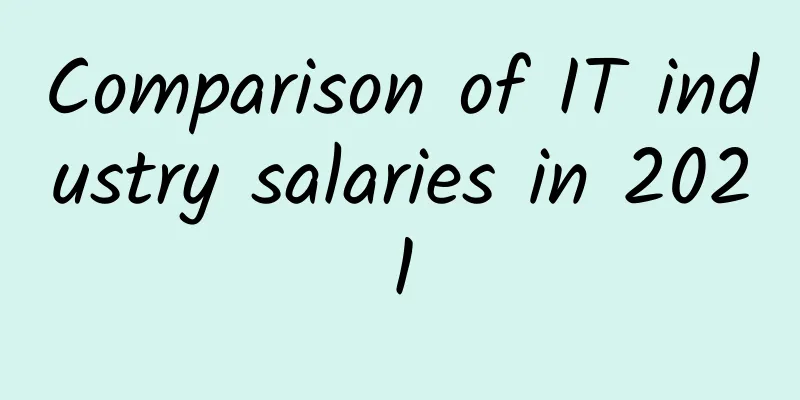10 things to know about LoRaWAN and NB-IoT
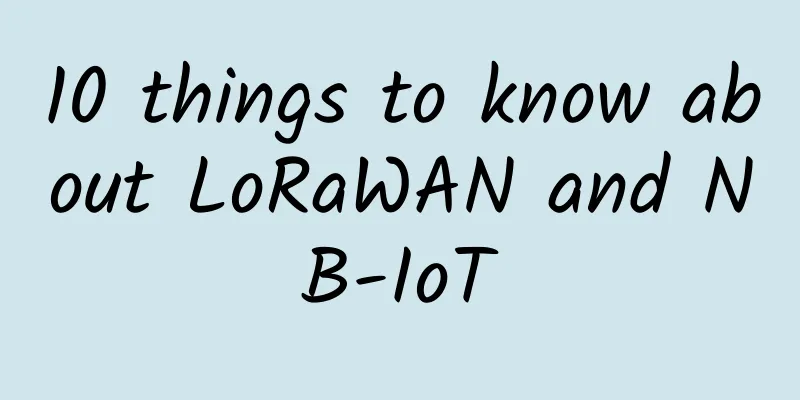
|
The Internet of Things has a variety of connection requirements, which require different connection technologies. LoRaWAN and NB-IoT are just two of these connection technologies. In some scenarios, LoRaWAN and NB-IoT are not competitors but complementary. In fact, NB-IoT is currently the largest LPWAN network in terms of investment scale and network coverage.
The Internet of Things (IoT) is constantly changing the way we connect and interact with devices, and there are many networks to choose from when building smart solutions. The most popular low-power wide-area networks (LPWAN) are narrowband IoT (NB-IoT) and LoRaWAN. NB-IoT uses the infrastructure of cellular networks to communicate over long distances between the cloud and devices and is compatible with LTE mobile networks. LoRaWAN uses the Sub-1GHz unlicensed wireless frequency band to enable LPWAN communications between sensors and network and application servers in the cloud. LoRa devices and wireless RF technology (LoRa Technology) are rapidly becoming the de facto platform for the Internet of Things, enabling a wide variety of application solutions in many vertical industries due to their long range and low power consumption. The Internet of Things is about using the right technology to solve real-world problems and improve efficiency. When creating an IoT application, you need to consider several factors, including LPWAN connectivity. Here is a comparison between LoRaWAN and NB-IoT technologies: 1. Ecosystem LoRaWAN is supported by the LoRa Alliance™, an open, non-profit association of more than 500 members that collaborate and share experiences to promote and advance the success of the LoRaWAN protocol as the leading open, global standard for secure, carrier-grade LPWAN connectivity for the IoT. NB-IoT is supported by two telecommunications standards bodies, 3GPP and GSMA, which share the common goal of promoting the interests of mobile networks and devices. 2. Spectrum LoRaWAN is optimized for ultra-low power and long-range applications. As such, the network operates in the unlicensed ISM Sub-1GHz spectrum, which is freely accessible to both network operators and device manufacturers. NB-IoT uses cellular spectrum networks, which are optimized for spectral efficiency. The license fees for using the frequency bands are very high and are limited to a few operators. 3. Deployment Status According to the LoRa Alliance, 83 public network operators in 49 countries are currently using LoRaWAN, and many more private companies are also using LoRaWAN networks. GSMA, an organization representing the interests of NB-IoT, LTE and other mobile networks, said 40 countries will launch NB-IoT networks in the future. 4. Deployment Options LoRaWAN networks offer highly flexible deployment. They can be installed in public, private, or hybrid networks, indoors or outdoors. LoRaWAN signals can penetrate urban infrastructure, and each gateway can cover 30 miles (about 48.3 kilometers) in rural open environments. NB-IoT uses LTE cellular infrastructure, which is an outdoor public network and requires the deployment of 4G/LTE cellular towers. If the sensor exceeds the coverage of the base station, the base station is not easy to move. 5. Agreement The LoRaWAN protocol sends data asynchronously, and data is sent only when needed. This can extend the battery life of sensor devices by up to 10 years, with low battery replacement costs. NB-IoT needs to maintain a synchronous connection to the cellular network, whether or not data needs to be sent. For sensor devices, this consumes a considerable amount of battery life, resulting in high battery replacement costs, which may be too expensive in many applications. 6. Emission current LoRaWAN provides 18 mA transmit current at 10 dBm and 84 mA transmit current at 20 dBm. The difference in modulation allows LoRaWAN to support very low-cost batteries, including button batteries. The NB-IoT sensor consumes ~220 mA at 23 dBm and 100 mA at 13 dBm, which means it requires more power to operate, requiring more frequent battery replacement or a larger capacity battery. 7. Receiving current LoRaWAN provides lower sensor BOM cost and battery life for remote sensors. The receiving current is about 5 mA, and the overall power consumption is reduced by 3-5 times. The NB-IoT receive current is about ~40 mA. The communication between the cellular network and the device consumes more than 110 mA on average, and a communication lasts for tens of seconds. For devices that need to work for 3, 5, or 10 years or more, the protocol overhead has a significant impact on the battery life. 8. Data rate LoRaWAN data rates are approximately 293 bps-50 kbps. The LoRaWAN protocol dynamically adjusts the data rate based on the sensor's distance from the gateway, thereby optimizing the signal's air time and reducing collisions. NB-IoT has a peak data rate of about 250 kbps and is more suitable for use cases with higher data rates (above 50 kbps) with a higher power budget. 9. Link Budget The MCL signal for LoRaWAN varies depending on regional regulatory limits. The link budget is between 155 dB and 170 dB. NB-IoT requires repetition of remote sensors at a low bit rate to be able to support remote sensors. The link budget is a maximum of 164 dB. 10. Mobility LoRaWAN can support mobile sensors, tracking assets as they move from one place to another, and even without GPS, it can provide high enough accuracy for many applications. NB-IoT is currently limited by idle mode cell reselection and is not optimized for mobile asset tracking. |
<<: Newbie Science: A Brief Discussion on the Changes in Home Router Security
>>: Can hyper-converged systems benefit from SDN architecture?
Recommend
The impact of hybrid IT environments on NetOps professionals
Hybrid work models are driving a major shift in n...
VMISS: Hong Kong VPS annual payment starts from 85 yuan, Korea/Japan/Los Angeles CN2 GIA/AS9929 monthly payment starts from 21 yuan
VMISS is a foreign hosting service provider regis...
Home Broadband IPv6 Address Allocation Revealed
Part 01 Background In 2021, the Ministry of Indus...
How to determine whether two IP addresses are in the same network segment? What is a subnet mask?
We have read many articles before about IP addres...
Huawei China ICT Ecosystem Tour 2018 Series of Activities Invite You to Win the "Ecological Era" Together
[51CTO.com original article] In March this year, ...
How 5G helps IoT in healthcare
At a time when demand for healthcare services is ...
Representatives suggested developing mobile phones for minors: only networks and software dedicated to minors can be used
Nowadays, smartphones and the Internet have broug...
IPv6 "highway" has been fully built, the next stop is to focus on "opening to traffic"
Recently, the Ministry of Industry and Informatio...
What exactly is RedCap?
[[431894]] With the continuous advancement of 3GP...
WebTransport launches its application practice
Business Challenges of Web Broadcasting Whether i...
5G's first application, 5G messaging, hasn't really landed yet, is 6G coming soon? This country has already made a breakthrough in 6G technology
As we all know, 5G networks have been commerciall...
AkkoCloud newly launched CN2 GIA line in London, UK, with annual payment starting from 299 yuan and 10% discount for monthly payment
AkkoCloud sent new product information. This mont...
5G traffic charges will not hurt operators to make money in a roundabout way
5G is expected to start trial next year, and the ...
U.S. Department of Commerce: Will allow U.S. companies to work with Huawei to develop 5G network standards
[[330263]] In the early morning of June 16th, Bei...
